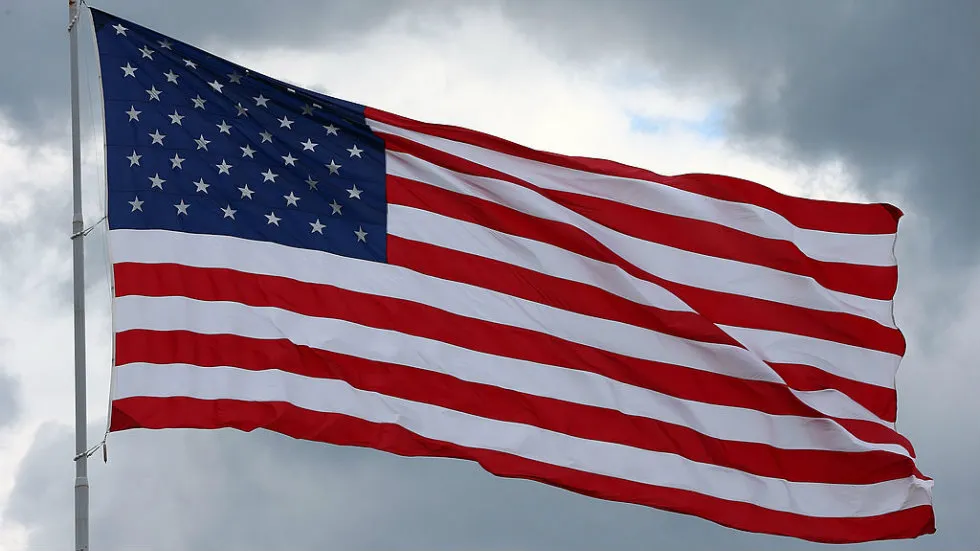US President - Serves 2 Terms
Former US President Donald Trump speculated on the possibility of running for a third term, despite the 22nd Amendment to the US Constitution barring it. He has previously hinted at serving beyond two terms but legally cannot.
22nd Amendment (1951)
- Prohibits a person from being elected as US President more than twice .
- If a Vice President assumes office mid-term and serves less than half of the predecessor’s term, they can still run for two full terms.
- Example: Lyndon B. Johnson took over after JFK’s assassination (1963), won in 1964, and was eligible for another term in 1968.

Historical Context & Tradition of Two-Term Presidency
- George Washington (1796) set a precedent by refusing a third term, establishing an unwritten two-term tradition.
- Congressional Attempts to Limit Terms
- 1803: First proposal to limit tenure (rejected).
- 1824 & 1826: Senate approved two-term limit resolutions, but they failed in the House.
- 1875: House passed a resolution stating that breaking the two-term tradition was "unwise, unpatriotic, and fraught with peril," but it was not legally binding.
Challenges to the Two-Term Tradition
- Ulysses S. Grant (1872 & 1880) attempted to run for a third term but failed.
- Franklin D. Roosevelt (FDR) was the only President to serve more than two terms (1933-1945). He won four elections (1932, 1936, 1940, 1944), citing the Great Depression & WWII as reasons for continuity in leadership.
22nd Amendment & Its Political Impact
- Passed by Congress in 1947 , ratified in 1951 , following FDR's presidency.
- Republicans pushed for the amendment after regaining Congress in 1946 to prevent future Presidents from consolidating power like Roosevelt.













